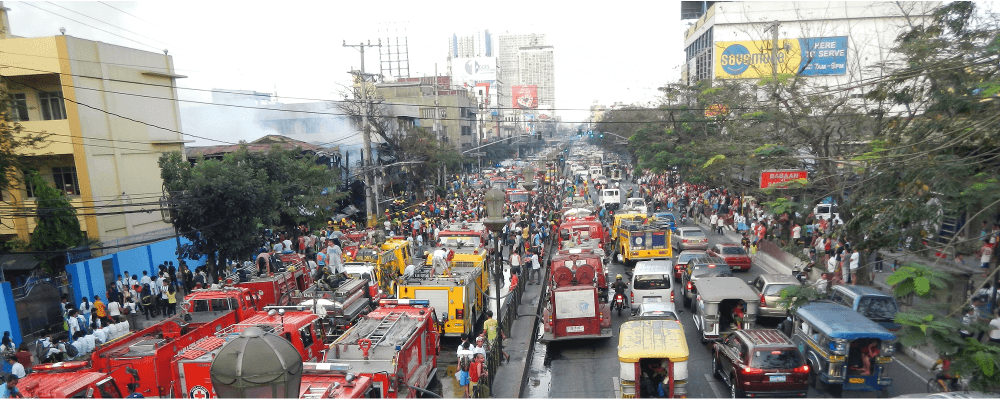A second look at PNP crime statistics: Taking population into consideration
April 3, 2015
The Philippine National Police recently released on its Facebook page a list of the 15 chartered cities with the most number of index crimes between 2010 and 2015. The figures were reported by news organizations and circulated on social media.
Posted by Philippine National Police on Friday, April 1, 2016
It’s easy to look at this chart and conclude that cities with more reported crimes are also more dangerous. But that may not be necessarily accurate. Cities with higher populations will usually report more crimes. For example, a big city of 2.7 million people, like Quezon City, will almost certainly have more crimes than a small city of 175,000 people, like Naga.
We thought it might be more meaningful to look at the number of crimes in relation to each city’s population. So we took the PNP data and computed for the number of crimes per 10,000 residents of each city, based on their populations as of May 2010. These figures paint a somewhat different picture of where crime is relatively high or low.
Word of caution, though. We can't say that these are also the top 15 cities with the highest number of crimes per 10,000 residents. To re-rank all the country's cities according to this new, normalized metric, we’d need crime data on all of the country's 145 cities, which the PNP did not release. So for example, even if among these 15 cities, Baguio has the highest number of total index crimes per 10,000 residents, we can't say that Baguio also has the highest number nationwide.
While we think the number of crimes per 10,000 residents is a slightly better measurement than absolute numbers, the metric still has shortcomings. Population is not necessarily the only and best way to normalize crime data. Some crime stats analysts recommend considering other factors like population density, or the number of people who work or travel through an area but aren't necessarily official residents of that area. But that kind of data isn’t so easy to find, unlike population data, which is easily searchable on the Philippine Statistics Authority website.
But even if you’re looking at normalized crime figures, the reliability of the data depends on how it was collected. In places with higher figures, the police could just be better at catching or reporting crimes. And in places with lower figures, the police could be underreporting. In the United States, for example, there have been cases of crime data being manipulated to make police performance look good.
Numbers are useful, but sometimes they don’t tell the full story. It’s important to be skeptical of data, to understand where it comes from, and to recognize when it raises questions more than provides answers.

